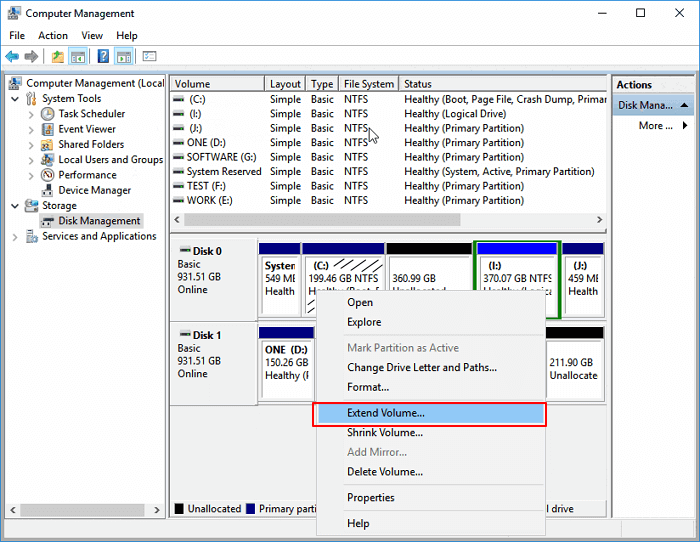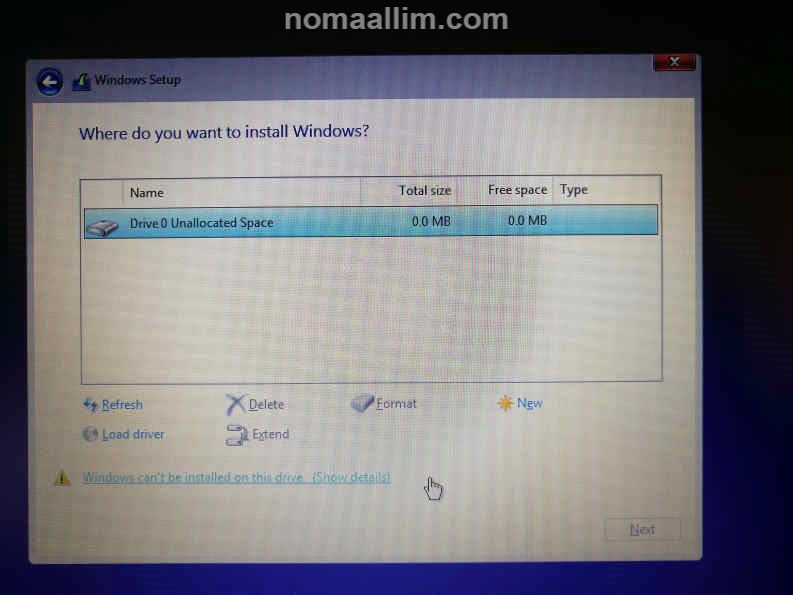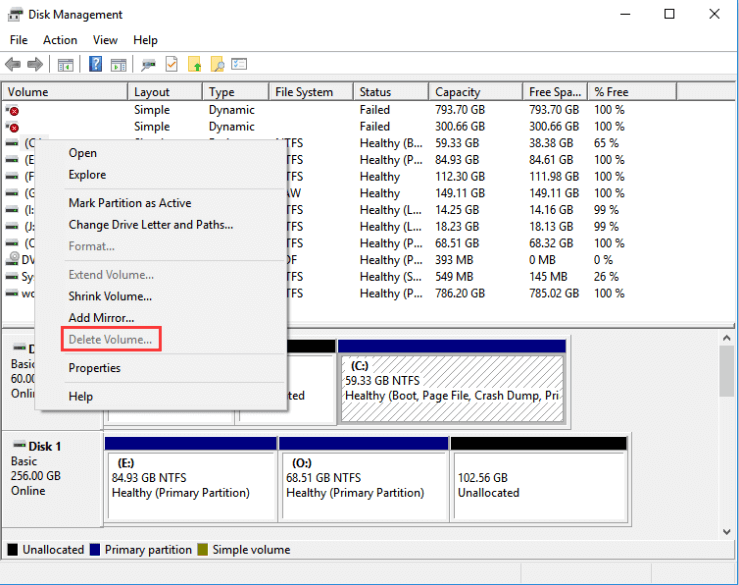
 Assign: Assign a drive letter to the disk volume.
Assign: Assign a drive letter to the disk volume.  Add: shows the volume we are on on the disk. Active: specifies the disk partition we are on as active. Therefore, next, we will see the DISKPART commands that you can use in that window to better manage our disk units. In the event that we want to execute other independent commands, we would first have to log out here. But we can also use this one followed by a specific one to see the parameters that we can use in each case.įrom that moment on we will find ourselves in the environment of our own command, so we can only use functions belonging to it. Typing this independently, we find the commands that we can use in this section. You also have the parameter Help that will help you when it comes to work with these orders that we are going to show you next. Keep in mind that some of these commands that we will show you require you to specify the units or sizes to make the modifications. In these same lines, we are going to show the commands that you can use to manage disk drives once we access the DISKPART tool. Therefore, to put it into operation, once in the command prompt window we write the following: This means that when we are working with this command, we will not be able to execute others in the CMD, only those of the functionality. Keep in mind that the DISKPART function runs in its own space. We can do this by simply right-clicking on the corresponding run entry and selecting Run as administrator. Of course, we recommend that you open this window with administrator permissions. Thus, first of all and to take advantage of all this, we have to open this section by typing cmd in the search box on the taskbar.
Add: shows the volume we are on on the disk. Active: specifies the disk partition we are on as active. Therefore, next, we will see the DISKPART commands that you can use in that window to better manage our disk units. In the event that we want to execute other independent commands, we would first have to log out here. But we can also use this one followed by a specific one to see the parameters that we can use in each case.įrom that moment on we will find ourselves in the environment of our own command, so we can only use functions belonging to it. Typing this independently, we find the commands that we can use in this section. You also have the parameter Help that will help you when it comes to work with these orders that we are going to show you next. Keep in mind that some of these commands that we will show you require you to specify the units or sizes to make the modifications. In these same lines, we are going to show the commands that you can use to manage disk drives once we access the DISKPART tool. Therefore, to put it into operation, once in the command prompt window we write the following: This means that when we are working with this command, we will not be able to execute others in the CMD, only those of the functionality. Keep in mind that the DISKPART function runs in its own space. We can do this by simply right-clicking on the corresponding run entry and selecting Run as administrator. Of course, we recommend that you open this window with administrator permissions. Thus, first of all and to take advantage of all this, we have to open this section by typing cmd in the search box on the taskbar. 

This means that we will have to use it through a series of commands, all from a command prompt window. Once we know what we are facing, it is important to know that this functionality does not have its section in the Graphic interface of the system. Third-party alternatives to DISKPART Open and use the Windows disc feature








 0 kommentar(er)
0 kommentar(er)
